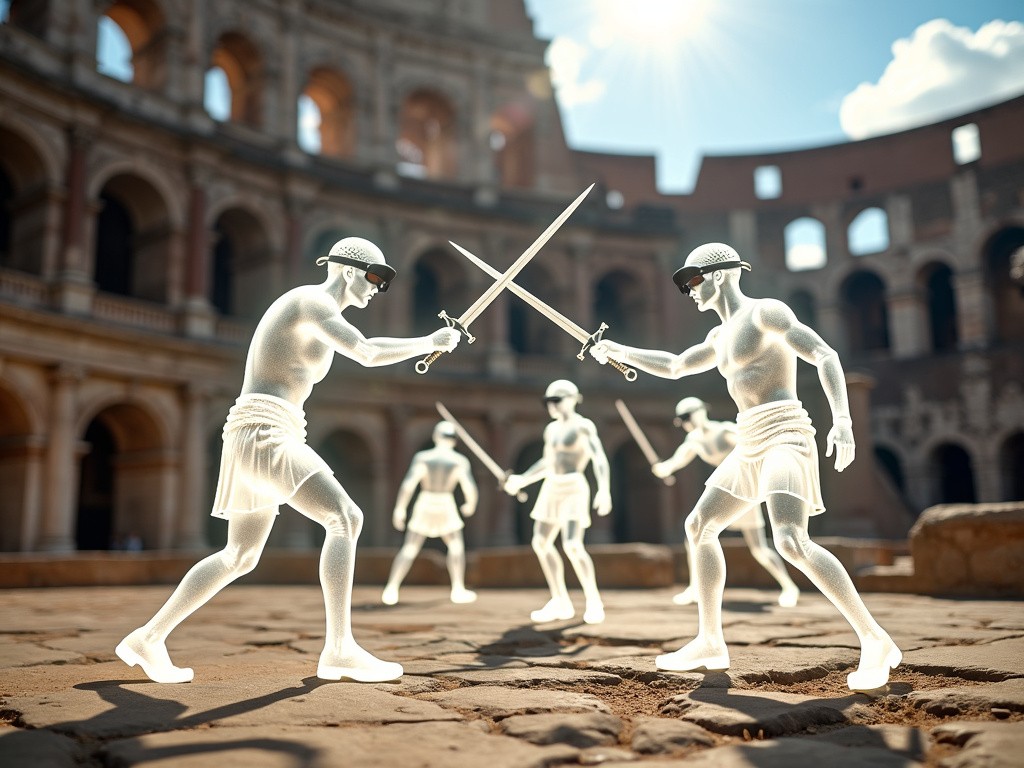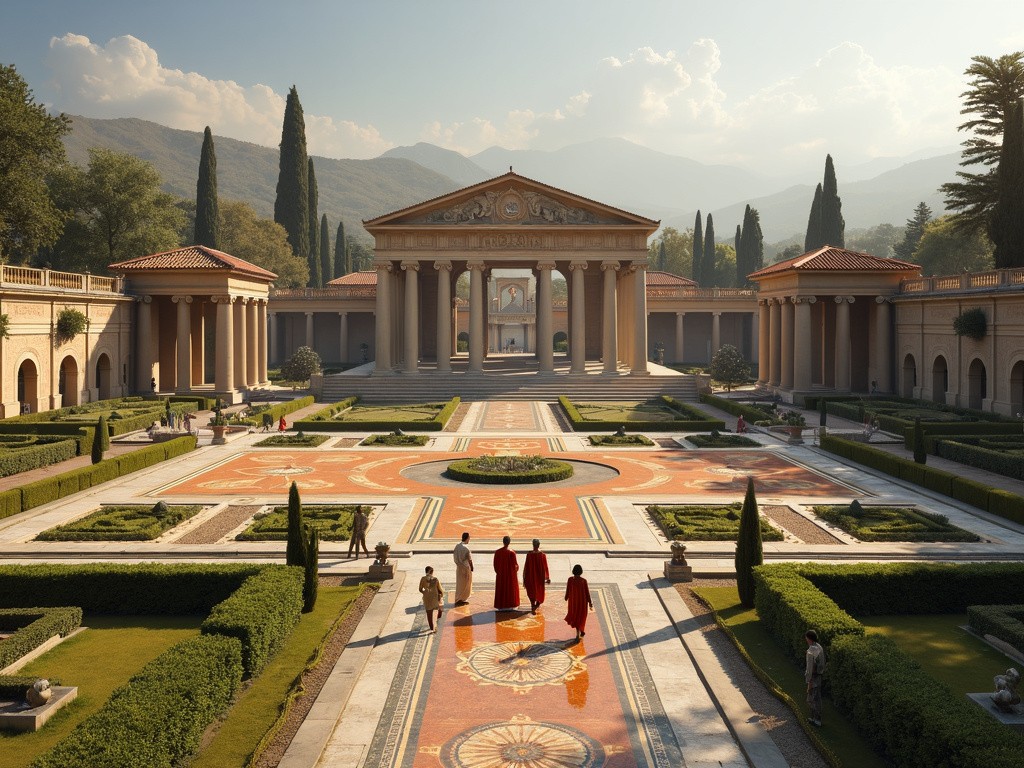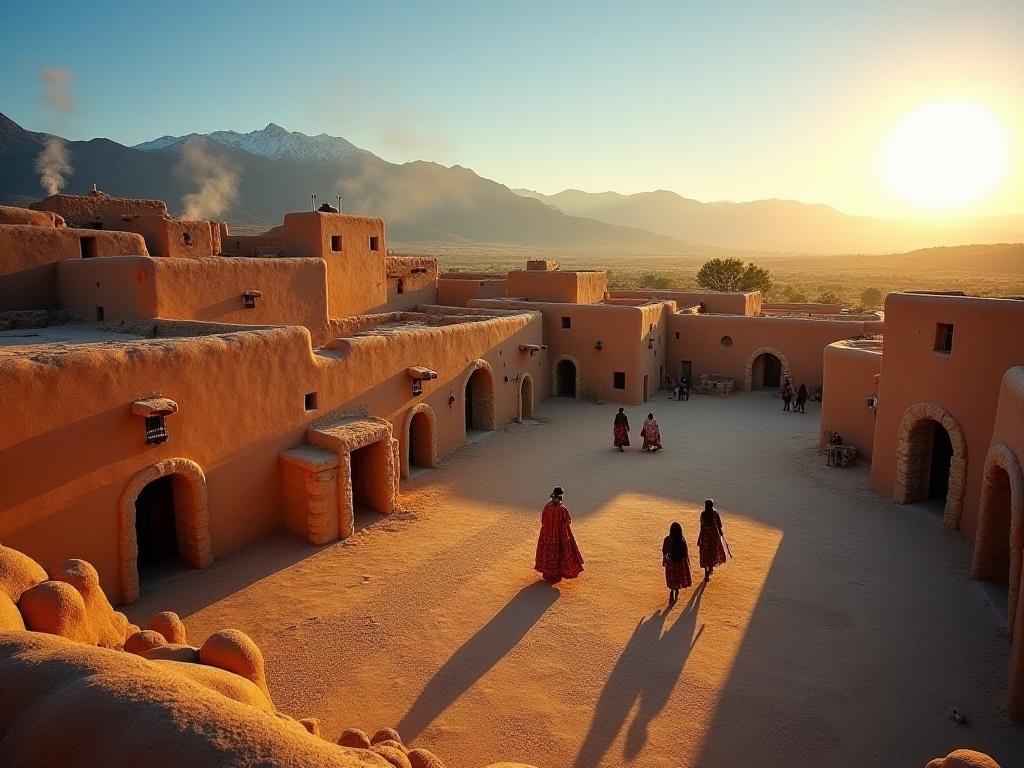In the shadow of crumbling columns and weathered stone, a new era of historical exploration is dawning. Augmented Reality (AR) technology is breathing life into the silent remnants of the Roman Empire, offering visitors a chance to witness history unfold before their eyes. This digital renaissance is not just changing how we view the past—it's redefining our very relationship with it.
Imagine standing in the heart of ancient Pompeii, your smartphone or AR glasses transforming the ruins around you into a vibrant, bustling city. Suddenly, the streets are alive with toga-clad citizens, the air filled with the sounds of Latin chatter and the clatter of horse-drawn chariots. This is no longer a fantasy, but a reality made possible by the marriage of cutting-edge technology and meticulous historical research.

The journey from traditional audio guides to these immersive AR experiences has been nothing short of revolutionary. While audio guides offered a glimpse into history, AR throws open the gates, inviting us to step through and become part of the story. At the Colosseum in Rome, visitors can now witness gladiatorial combat in startling detail, feeling the rush of adrenaline as they stand where thousands of Romans once cheered. At Hadrian's Villa, the emperor's private retreat springs to life, its gardens and pools restored to their former glory through the magic of digital reconstruction.
But AR is more than just a visual spectacle—it's your personal time machine and multilingual guide. As you wander through the Forum Romanum, your AR device not only reconstructs the ancient buildings but also provides real-time navigation and information overlays. Lost in the labyrinthine streets of ancient Rome? Your AR guide will show you the way, while simultaneously translating inscriptions and providing context about the sights around you.
The technology behind these reconstructions is as fascinating as the experiences themselves. Teams of historians, archaeologists, and 3D artists work tirelessly to create accurate representations of ancient structures and daily life. Advanced computer vision algorithms map the digital reconstructions precisely onto the physical ruins, creating a seamless blend of past and present.
These AR experiences go beyond mere visualization. They offer interactive simulations that allow visitors to participate in ancient Roman rituals, try their hand at Roman crafts, or even take part in a Senate debate. It's a form of experiential learning that brings history to life in ways traditional methods never could, making it particularly impactful for educational purposes.
However, implementing AR at historical sites is not without its challenges. There's a delicate balance to be struck between innovation and preservation. The physical infrastructure required for seamless AR experiences must be installed with minimal impact on the ancient structures. Moreover, ensuring historical accuracy in AR content is paramount—the goal is to educate and inspire, not to create a theme park version of history.

Looking to the future, the potential for AR in historical tourism is boundless. Advancements in AI promise even more realistic and responsive virtual characters. The integration of haptic feedback could allow visitors to "touch" ancient artifacts safely. And as AR technology becomes more accessible, we may see these immersive experiences expand to historical sites around the globe, from the pyramids of Egypt to the Great Wall of China.
As we stand at this intersection of past and future, AR offers us a unique opportunity to connect with our history in profound new ways. It allows us to see the world through the eyes of those who came before us, to walk in their footsteps, and to understand their lives in vivid detail. Yet, amidst all this technological wonder, we must remember that the true magic lies not in the pixels and polygons, but in the stories they help us tell—stories of human ingenuity, struggle, and triumph that continue to resonate across the millennia.
In the end, the success of AR in historical tourism will be measured not by how accurately it can reconstruct a building, but by how deeply it can help us understand our shared human heritage. As we continue to push the boundaries of what's possible, we must strive to strike that perfect balance between innovation and authenticity, using technology not as an end in itself, but as a means to forge a deeper, more meaningful connection with the past.







